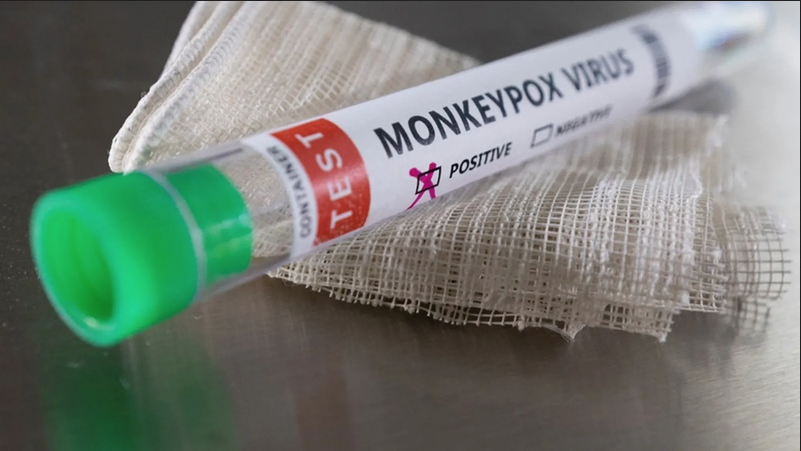Nearly every year Namibians go a little crazy during the month of May. It has nothing to do with the moon.
It has a lot to do with rain, and it has everything to do with truffles. Desert truffles to be exact – Kalaharituber pfeilii if you are a truffle nerd; and !nabas or omatumbula if you are a local foodie.
Truth is, our beloved !naba is not exclusive to our part of the world. Terfeziaceae, or desert truffles, is a family of truffles that are endemic to the arid and semi-arid areas of the mediterranean region, North Africa, the Middle East and southern Africa.
Terfeziaceae has been consumed by humans for millennia and in North Africa records of human consumption date back to at least 300 BC.
Three species of desert truffle are found in the Kalahari Desert of Namibia, Botswana and Northern Cape Province of South Africa. These are Kalaharituber pfeilii, Eremiomyces echinulatus and Mattirolo-myces austroafricanus. The latter two species of truffles are rare and harvested infrequently.
Desert truffles fruit only when there has been sufficient rainfall. In Kuwait, this occurs with rainfall of at least 180mm distributed from October through March. Unfortunately no such data exists for southern Africa or Namibia, so exactly when !nabas will occur remains a mystery (other than it is during the month of May if rains have been adequate).
Despite these conditions of scarcity and unpredictability, our truffles remain relatively affordable compared to the European truffle. All desert truffles contain a number of large, inflated thin-walled cells that are integral to spore dispersion. These cells absorb large amounts of water which causes the truffle to swell and provides moisture that is needed for spore formation.
The subterranean swelling of the truffle causes the first little mounds of soil on the surface, which dry out and crack leaving distinctive visible clues as to where truffles are to be found. If left as is, the sand will eventually be blown away exposing the drying truffles to more wind and sand erosion. The inflated cells dry completely to form a powder that eventually becomes airborne.
Kalahari truffles are both delicious and nutritious. They contain protein (85% which is digestible by humans), fat, crude fibre, carbohydrates and ascorbic acid (vitamin C). They also have high levels of potassium and phosphate and fair amounts of iron.
Attempts to cultivate these truffles have been unsuccessful. Thus, for the foreseeable future, we’ll await each !naba season with great anticipation.
Maybe that is not entirely a bad thing, as food-wise the month of May has very little else going for it. Something as exotic as !nabas should not be eaten too frequently for it may corrode the joyful mystery attached to one of nature’s true culinary gifts.
!Nabas harvesting is lowest in areas with large concentrations of livestock. The reasons for this are not entirely clear, as little research has been done thus far. One source (Taylor et al, 1995) argues that: “Truffles used to be prolific in the Kalahari when appropriate rainfall conditions prevailed. Owing to disturbance of the sandy soils around the Kalahari villages by cattle and goats, the truffle harvest is steadily declining. An important natural complement of the local diet is thus being endangered”.
At the restaurant we extend the truffle season a little longer by first cleaning the truffles before vacuum sealing them to be frozen. This works well although you should not expect them to last indefinitely.
Some people blanch the truffles before freezing them, but I do not see the need, as long as they are vacuum sealed. Also, I would clean them before vacuum sealing them because you do not want to force gains of sand into the truffles.
Cleaning them properly is a real pain in the butt, but hell, you only have to do this once a year. Be thankful for receiving the eggs of the lightning bird and make the effort to keep them properly.
• Chicken breast
• 1 onion, finely diced
• 2 leeks, white part only
– sliced finely
• 200 grams !nabas
(Kalahari truffles)
• 250 mililitres chicken stock
• 1 teaspoon thyme
• 2 teaspoons parsley,
• 1 tablespoon olive oil
• Salt to taste
• Cracked black pepper to taste
Stay informed with The Namibian – your source for credible journalism. Get in-depth reporting and opinions for
only N$85 a month. Invest in journalism, invest in democracy –
Subscribe Now!






